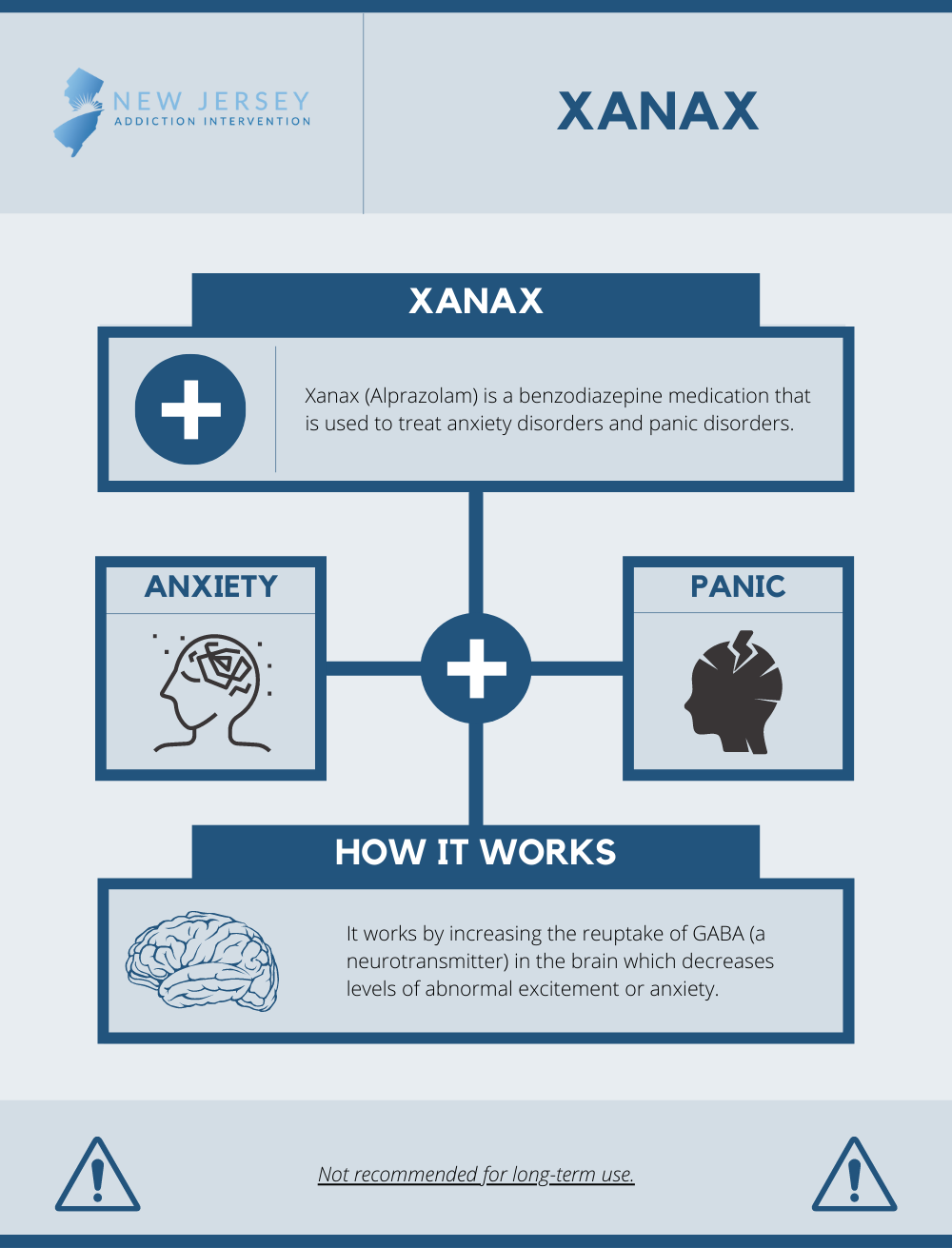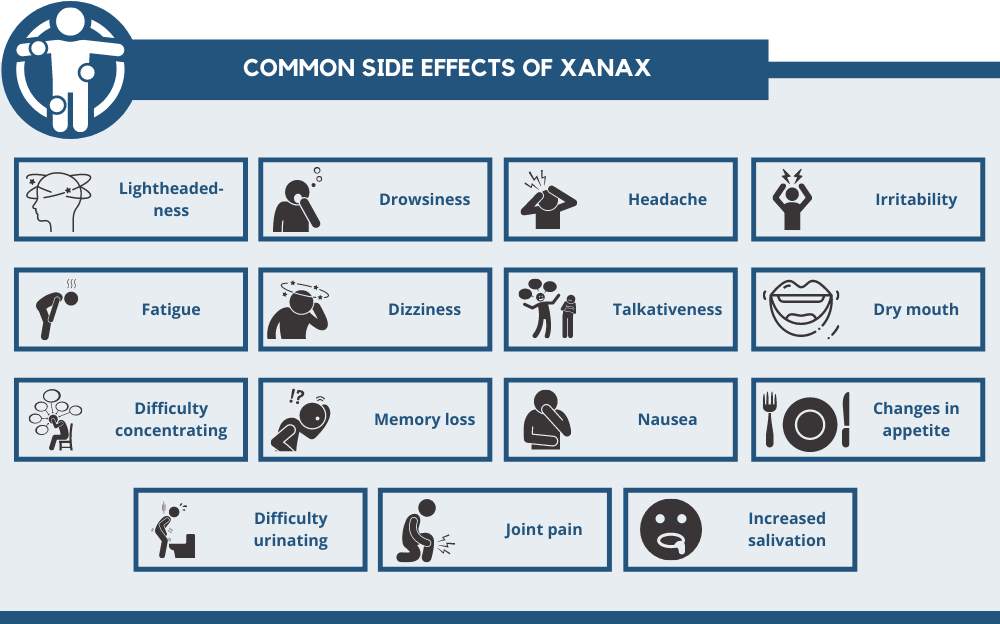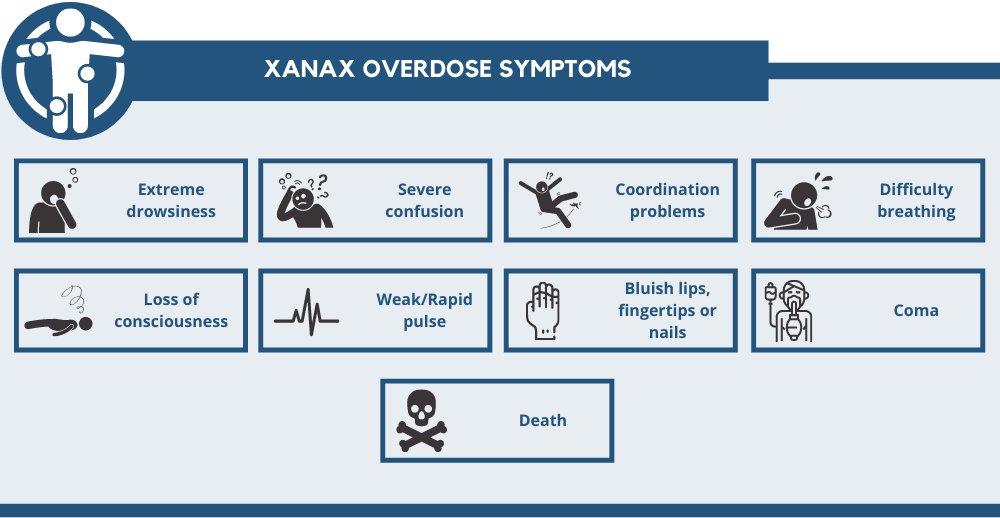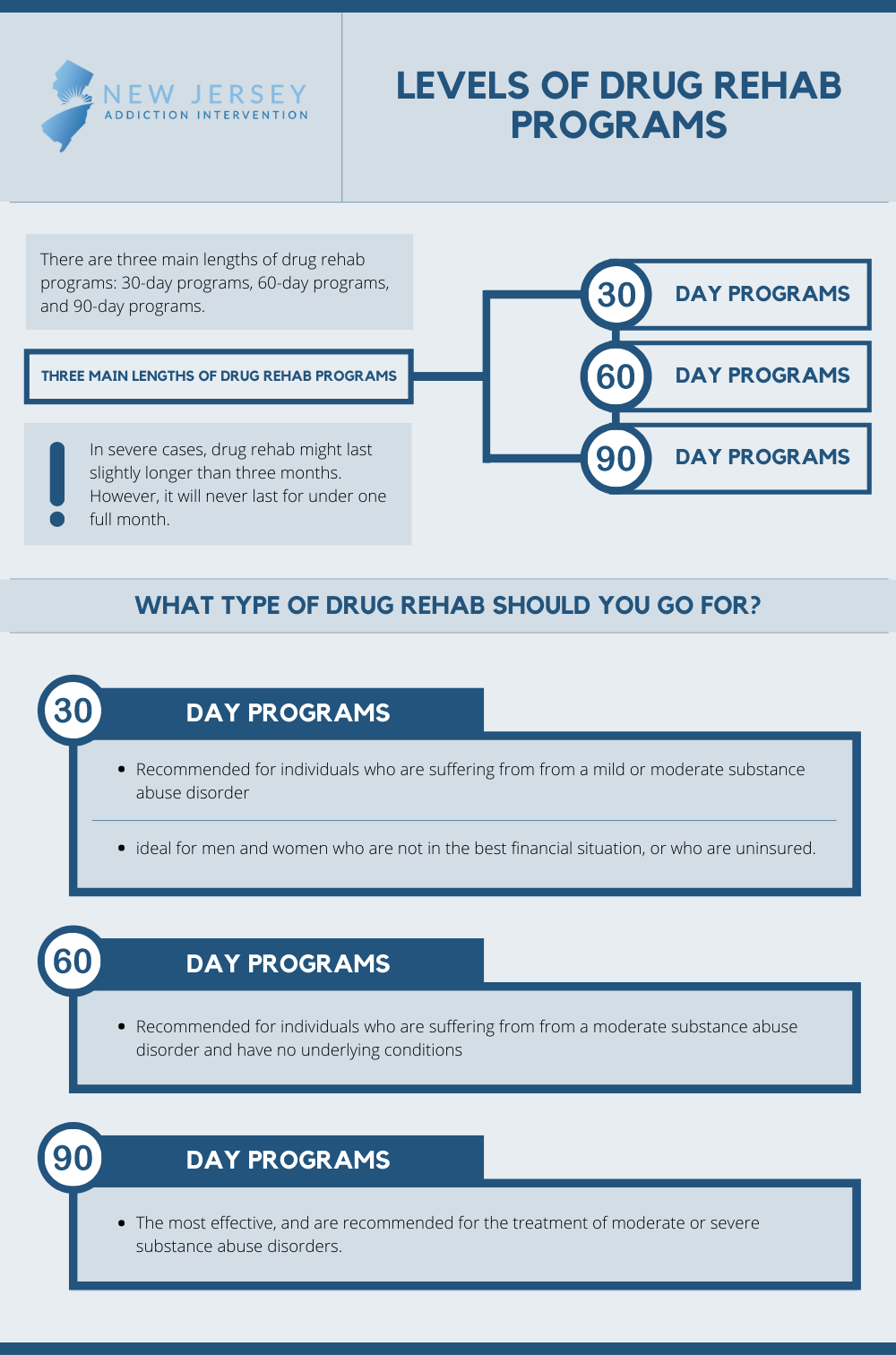Xanax addiction is a powerful and potentially deadly disease that requires professional treatment. Even though this drug is used in a variety of medical settings, it has the potential for abuse. And, when abused, an addiction can form that is nearly impossible to break without professional help.
What is Xanax (Alprazolam)?
Xanax is the brand-name formulation of alprazolam, a benzodiazepine that is approved to treat generalized anxiety disorder (GAD) and panic disorder. This benzodiazepine is also often used to treat insomnia and alcohol withdrawal.
Xanax comes in instant-release and extended-release (XR) tablets. The instant tablets come in dosages of 0.25 mg, 0.5 mg, 1 mg, and 2 mg. Xanax XR, on the other hand, comes in dosages of 0.5 mg, 1 mg, 2 mg, and 3 mg. All dosages carry an FDA black box warning due to the potential for abuse, dependence, respiratory depression, and overdose.[1]
Benzodiazepines like Xanax are used for short periods of time only. This is because long-term use can lead to emotional and/or physical dependence. As a result, people should never start or stop taking Xanax without talking to their doctor first.

Xanax Side Effects and Abuse
Like any other medication, Xanax may cause side effects. Severe side effects may be more likely or more pronounced in people who abuse Xanax.
Common Xanax side effects include:[2]

- Light-headedness
- Drowsiness
- Headache
- Irritability
- Fatigue
- Dizziness
- Talkativeness
- Dry mouth
- Difficulty concentrating
- Memory loss
- Nausea
- Changes in appetite
- Difficulty urinating
- Joint pain
- Increased salivation
As a central nervous system (CNS) depressant, Xanax produces sedating effects, especially in high doses. If a person consumes too much Xanax, mixes it with other depressants, or takes it in a way other than it is prescribed, he or she could be susceptible to overdose.
Symptoms of Xanax overdose include:

- Extreme drowsiness
- Severe confusion
- Problems with coordination
- Difficulty breathing
- Loss of consciousness
- Weak and rapid pulse
- Bluish lips, fingertips, and/or nails
- Coma
- Death
Despite the possible risks, many people abuse Xanax and end up developing an addiction.
Signs of Xanax Abuse
Xanax works by enhancing the effects of gamma-aminobutyric acid (GABA) in the brain. GABA is a neurotransmitter that tells brain cells to slow down or relax. People who abuse Xanax often report feeling calm, relaxed, and stress-free – which is exactly why so many people abuse it in the first place.
Another sign of Xanax abuse is memory loss. Xanax affects the brain’s ability to form new memories, especially when taken in high doses or mixed with alcohol. People who abuse Xanax may “blackout” and not remember several hours of time. Others will “grey out” or “whiteout” where they only remember bits and pieces of events.
Xanax can produce a pretty strong high when taken alone, but many people try to intensify these effects by mixing the drug with other substances. The two substances that are most commonly mixed with Xanax are alcohol and opioids.
Mixing Xanax with alcohol or opioids can increase the risk of addiction and overdose. It is also a sign that someone is abusing Xanax in a dangerous way. Other ways Xanax may be abused include:
- Taking more pills than prescribed
- Dissolving and injecting the drug
- Crushing and snorting the drug
Regardless of how a person abuses Xanax, the drug is extremely addictive.
Signs of Xanax Addiction
Xanax is a schedule IV medication according to the Drug Enforcement Agency (DEA).[3] This means the medication has recognized medical use, however, it still has the potential for misuse and addiction.
In addition to affecting GABA in the brain, Xanax abuse also affects dopamine – a chemical responsible for producing feelings of reward. If someone becomes addicted to Xanax and suddenly stops taking the drug, their brain will struggle to produce enough dopamine to function properly. This causes withdrawal symptoms to set in.
Withdrawal is only one sign of Xanax addiction. Other signs that may indicate an addiction to Xanax include:
- Needing to take increasingly large amounts of Xanax to feel the effects on desires (tolerance)
- Losing interest in one’s hobbies, passions, or activities once enjoyed
- Spending a lot of time thinking about Xanax or obsessing over getting high
- Spending excessive amounts of money on Xanax
- Facing legal problems as a result of chronic drug use
- Inability to control how much oneself consumes
- Wanting to stop using Xanax but being unable to do so
- Engaging in illegal or risk-taking behaviors
- Lying to friends and family about substance abuse, whereabouts, and/or finances
- Continuing to use Xanax despite worsening problems at home, school, or work
Anyone who is addicted to Xanax should find a treatment program near them immediately.
Treatment for Xanax Addiction
A Xanax problem is best treated at an inpatient rehab program. This is because detoxing from Xanax is dangerous, and potentially life-threatening, without medical care. Inpatient programs provide monitoring, medication management, and therapy to help patients throughout the treatment process.
Treatment may last anywhere from 30-90 days and may vary greatly from one patient to the next. While all treatment programs consist of group and individual therapy, most will provide patients with an individualized treatment plan tailored to meet their specific needs.

Find Help for Xanax Abuse and Addiction
Even though it is one of the most commonly prescribed medications, Xanax is dangerous and addictive when abused. People who become addicted to Xanax may face legal issues, withdrawal symptoms, and painful emotions until they make the decision to embark on the road to recovery.
To find a rehab program in your area or to learn more about our addiction treatment programs, call today.
References:
Medically Reviewed: March 26, 2021

All of the information on this page has been reviewed and verified by a certified addiction professional.

